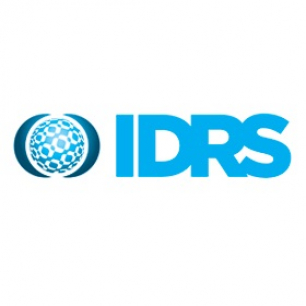This bulletin uses the Perth Illicit Drug Reporting System (IDRS) data from 2013 to 2018 to explore evidence of impact of both peer-led naloxone programs since 2013, and the results of increased availability of naloxone over-the-counter through community pharmacies since 2016.
Key findings:
- Three quarters or more of the WA IDRS sample were aware of naloxone. The vast majority of these were generally able to describe its function.
- Over 60% of respondents since 2013 were aware that programs to train people in the use of naloxone were available.
- In 2018 over a quarter of all those responding had been through a naloxone training program. Among those whose primary drug of choice was heroin, this figure rose to 36%.
- In 2018, 18% of those responding reported having ever been resuscitated from an overdose with naloxone by someone who had been through these training courses compared with 9% in 2013. Similarly, 12% who had been through the course reported that they had ever resuscitated someone else with naloxone compared with 5% in 2013.
- The maximum number of people respondents had resuscitated with naloxone since completing the course rose from four in 2013 to 20 in 2018.
- In the 2013 survey, 96% of those responding (n=75) indicated that they would either ‘strongly support’ or ‘support’ a program to expand the availability of naloxone. When naloxone became available without prescription in 2016, 24% of the WA sample said they were aware of this, and this had risen to 40% in 2018 and to 48% among primary heroin users.
- Respondents in 2016 and 2018 were asked how much OTC naloxone should cost. In both years an absolute majority thought it should be free of charge.
- Despite high levels of support expressed for expanding the availability of naloxone, the numbers of the sample making use of this increased availability of OTC naloxone was surprisingly low.
- Regardless of this finding, support for training programs in the use of naloxone, its accessibility and issues surrounding its administration was universally positive among those respondents who had either not completed a training course or had not obtained naloxone as an OTC.


